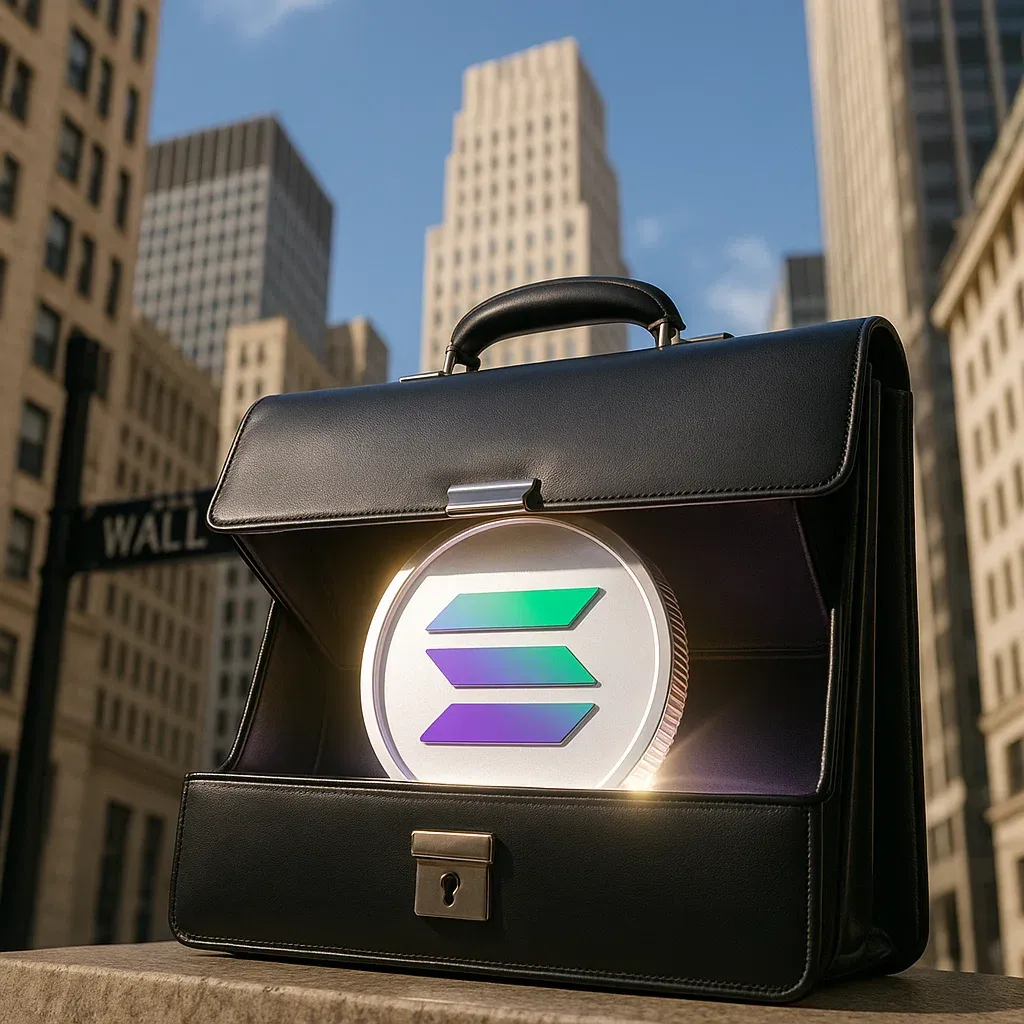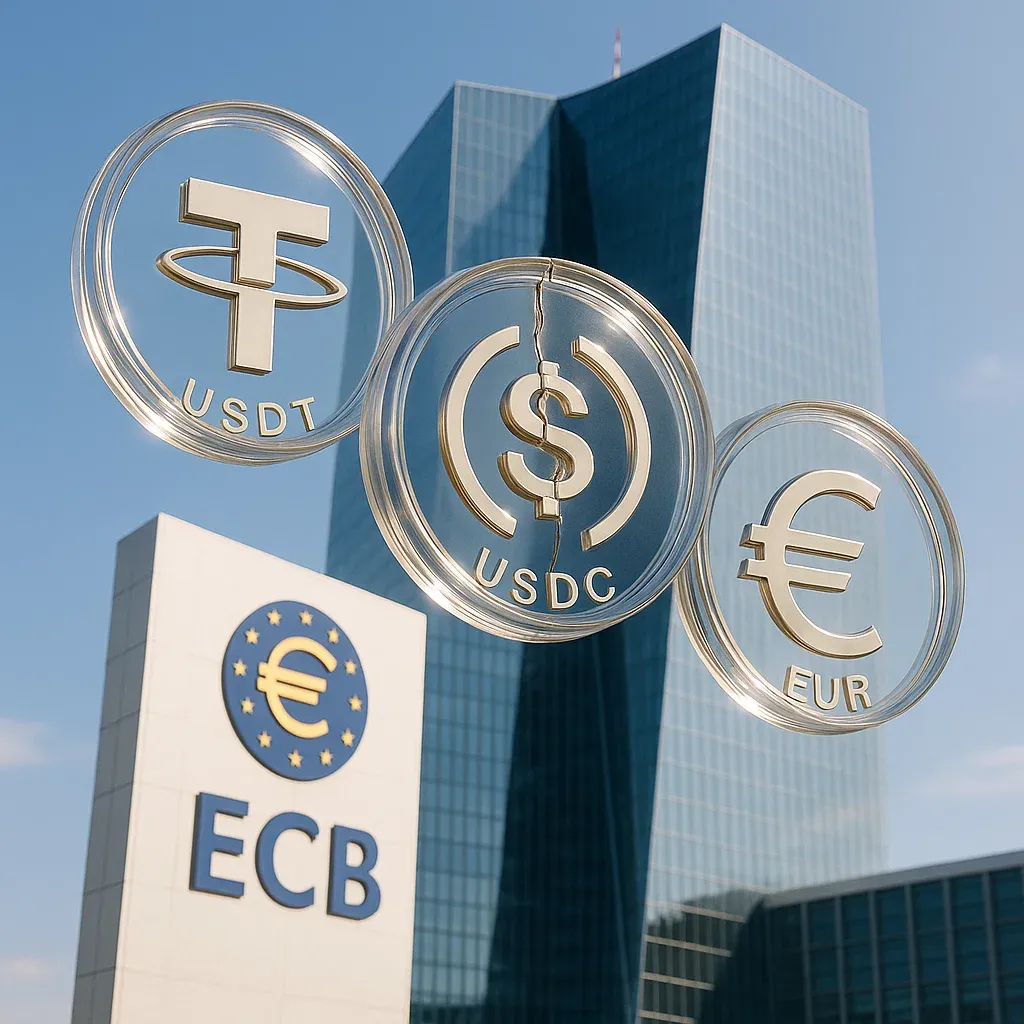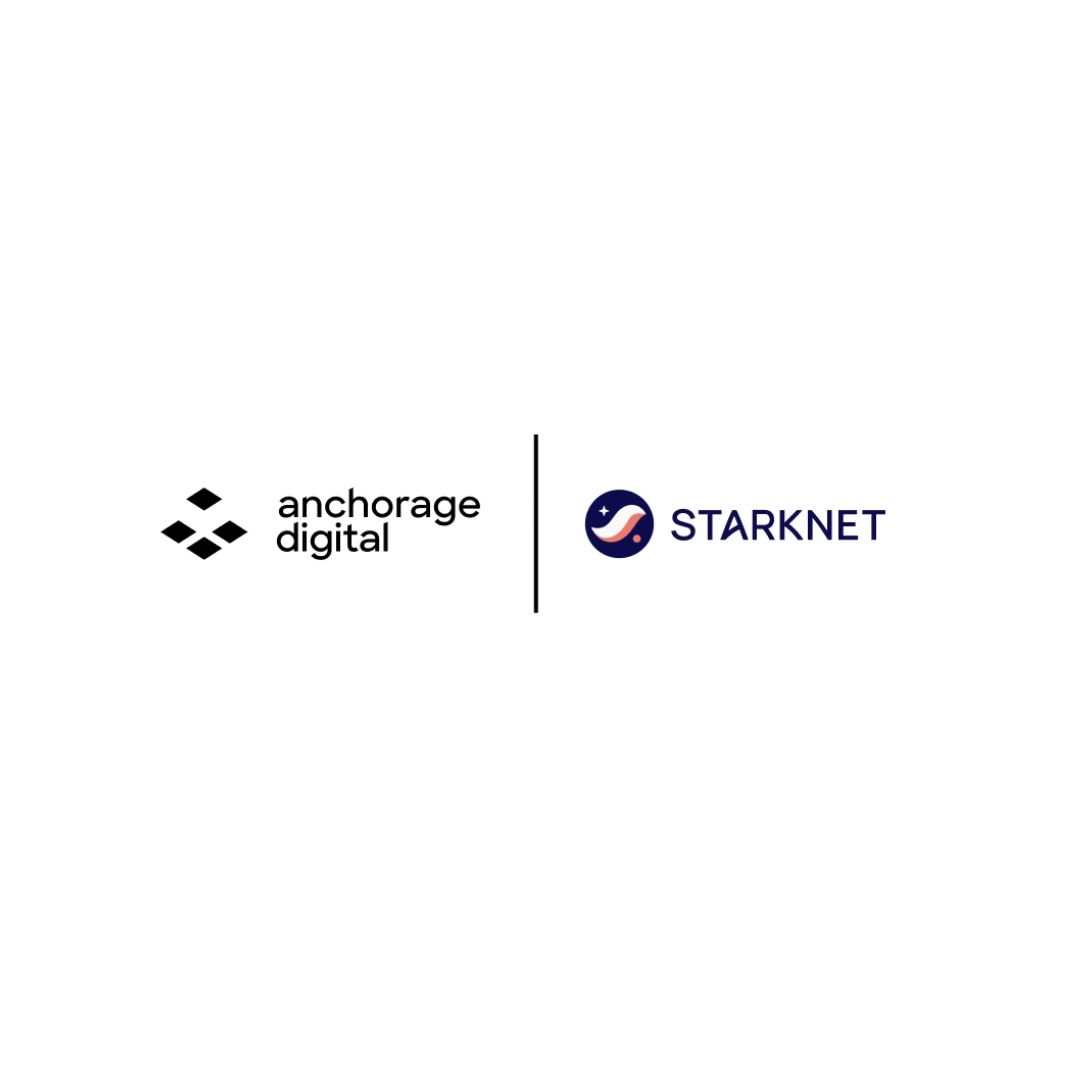Kazakhstan Taps Solana to Build Central Asia’s First Crypto Hub
🇰🇿 Kazakhstan Teams Up with Solana to Build Central Asia’s First Crypto Hub
From mining hotspot to Solana-powered innovation zone — Kazakhstan is done playing small.
🧭 Digital Nomads, Meet CryptoCity
In May 2025, President Kassym-Jomart Tokayev dropped a bombshell: CryptoCity, a bold regulatory “sandbox” in Alatau, where locals can legally use crypto for shopping, services, and even buying property.
Forget theory. Kazakhstan is putting Web3 into everyday life — and it’s not going solo.
🤝 Kazakhstan x Solana = SEZ Power Move
Days later, Kazakhstan inked a Memorandum of Understanding with the Solana Foundation, launching Central Asia’s first-ever Solana Special Economic Zone (SEZ) in Astana.
This isn’t just branding. The SEZ focuses on:
- Tokenizing real-world assets (like real estate and securities)
- Developer education (Rust and blockchain engineering)
- Startup incubation
- Regulatory support via partners like Forma, Jupiter, and Intebix
Basically, it’s a Solana-native launchpad for the entire region.
⚡ Why Solana?
Because speed, scalability, and low fees matter when you’re tokenizing millions in assets or running micro-transactions. Solana's infrastructure is perfect for:
- Stablecoin-based payments
- Real estate token sales
- Cross-border micro-finance
- Supply chain tracking
And thanks to educational collabs with Astana Hub and local universities, Kazakhstan is building up its Rust dev army from the ground up.
💡 Kazakhstan's Edge Over the Region
So, what makes Kazakhstan a real contender for Web3 dominance?
- 🏭 Cheap energy — perfect for mining and hosting
- ⚖️ Astana International Financial Centre (AIFC) — offers legal clarity under English common law
- 👨💻 Young, technically-skilled population
- 🏛 Full government support — yes, really
This isn’t just hype. The launch of CryptoCity and the Solana SEZ shows real political will.
🧱 Digital Sovereignty Meets Global Scale
Minister Zhaslan Madiyev made it clear: Kazakhstan’s not trying to be Silicon Valley. It’s building a Eurasian model of digital transformation, where AI, blockchain, and financial independence go hand in hand.
It’s a Web3 vision that scales regionally, not just technically.
⚠️ But Let’s Be Real — Trust is the Bottleneck
To go from crypto-curious to crypto-capital, Kazakhstan needs:
- Consistent and transparent regulations
- Real enforcement standards
- Confidence from international investors
Without those, all the SEZs in the world won’t save it from “emerging market” stigma.
TL;DR 📌
Kazakhstan just teamed up with Solana to turn Astana into CryptoCity Central Asia™. With cheap power, legal clarity, and deep gov support, it’s got the toolkit to build a regional Web3 powerhouse — if it can keep trust and transparency high.
This isn’t Kazakhstan copying the West. It’s trying to out-innovate it.

Recent News
All Time High • Live
Have questions or want to collaborate? Reach us at: info@ath.live











